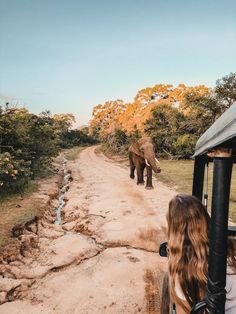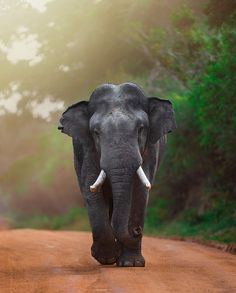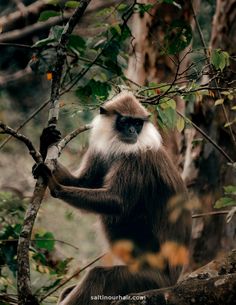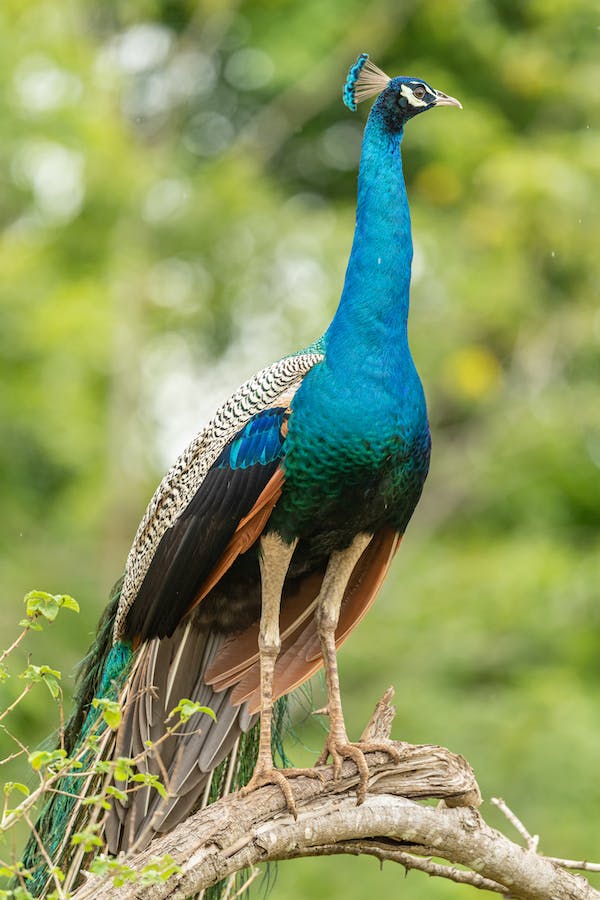Yala National Park Day Tour





Description
Half Day Safari at Yala National Park From Yala / Tissamaharama
You will be able to enjoy a thrilling three hours safari in Yala National Park with the opportunity of spotting a lot of wildlife creatures including Leopards, Wild Elephants, Sloth Bears, Water Buffalo, and many more. It consists of 215 bird species, 44 species of mammals, 47 reptiles, 18 amphibian species, and 21 freshwater fish as per the records. If you are lucky, you will spot more of these wild animals.
| Day(s) : 1 | Max People : 10 | Get a Quote |
| Min Age : 0 | Pickup : Any location | Langauge - Any Language |
Situated in the southeastern part of Sri Lanka, the expansive Yala National Park is divided into five blocks, of which only Blocks I and Il are open to visitors. Covering an area of 141 sq km (54 sq miles), Block I or Yala West (Ruhuna) is the most visited part of the park, largely due to its accessibility and leopard population. Punctuated by rocky outcrops, the park's sprawling landscape varies from thorny scrub forests and open grasslands to dense jungles and coastal lagoons. The park boasts a great variety of fauna, which includes elephants, spotted deer, civets, and crocodiles. The birdlife here is also very diverse, with migrants swelling the numbers of the resident population in winter. Yala is also home to a number of cultural attractions, notable among which are the historic sites of Situlpahuwa and Magul Maha Vihara.
Leopard Sightings
The Sri Lankan leopard is a subspecies endemic to the island. Home to around 35 leopards, Yala West is said to be one of the best places in the world to observe and photograph these felines. Although they can be sighted year-round, it is easier to spot them during the dry season(May-September).
The evocative ruins of this temple date from the 1st century BC. Legend states that it was built on the spot where King Kavan Tissa married Princess Vihara Mahadevi.
A dagoba that dates back to the 1st century BC. It is believed that the Buddha came here during his third visit to Sri Lanka and that the dagoba enshrines his hair relic. Surrounded by peaceful lawns, Kiri Vihara is far less busy than the Maha Devale. Situated next to the Maha Devale is the Kataragama Museum, which houses religious objects, statuary, and Copies of the rock carvings at Buduruwagala Many visitors choose to visit Kataragama on a day trip from Tissamaharama, but it is also possible to stay overnight to observe the evening puja and soak up the spiritual atmosphere
Sacred to Buddhists, Hindus, and Muslims alike, Kataragama is one of the most revered places of pilgrimage in Sri Lanka.The town, named after the guardian deity of Sri Lanka, is busiest during the annual Kataragama Festival, but pilgrims come here year-round. The sacred precinct, dotted with shrines and religious buildings are located to the north of Kataragama. It is separated from the town by the Menik Ganga river and is a place of ablutions where pilgrims purify themselves before continuing on their way. The streets surrounding the precinct are lined with stalls selling fruit platters, lotus buds, and garlands to take to the temples. Upon entering, visitors will first come across the ul-Khizr mosque, which houses the tombs of Muslim saints. Adjacent to the mosque is a small kovil dedicated to Shiva. A series of other minor shrines line the avenue that leads to the Maha Devale - the main complex. Inside are three shrines, one of which is dedicated to the god Kataragama, also known as Skanda or Kartikeya. However, the god is not represented by an image but by his principal symbol, a vel (spear). The other adjacent shrines are dedicated to the Hindu deity Ganesha, and the Buddha. The wall surrounding the main courtyard is decorated with impressive elephant heads and images of the peacock, Kataragama's vahana (vehicle). According to legend, the peacock sprang from the body of a demon who was defeated but spared by the god, after which the bird promised to serve the merciful Kataragama as his mount. The precinct comes alive during the evening puja, with queues of supplicants heading to the main shrine bearing fruit platters and other offerings
Dating from the period of the Ruhuna Kingdom (around 200 BC), the monastic settlement of Situlpahuwa is an important pilgrimage site en route to Kataragama. A steep staircase leads to the bright white Situlpahuwa dagoba, which sits atop a 122-m (400-ft) high rock. The summit affords splendid views over the park.